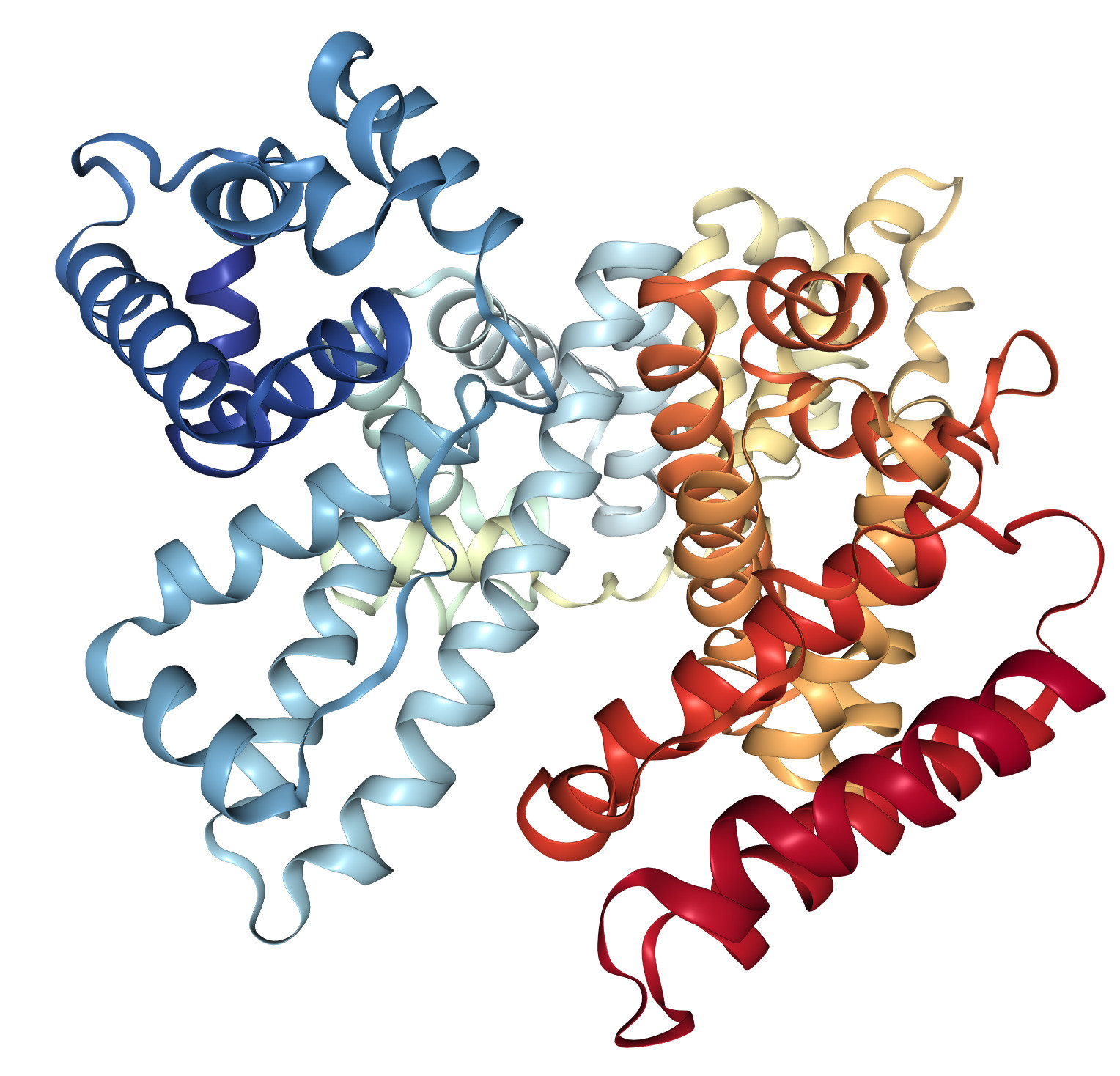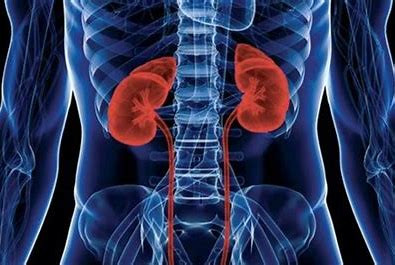Definisi
Hipoalbuminemia merujuk pada kondisi kadar protein albumin yang rendah dalam darah. Albumin adalah salah satu jenis protein yang diproduksi organ hati. Pada orang dewasa kadar albumin darah normalnya adalah 3,5-5.0 gram per desiliter (g/dL). Oleh karena itu, ketika ditemukan kadar albumin di bawah 3,5 g/dL, seseorang dikatakan mengalami hipoalbuminemia.
Organ hati Anda memproduksi protein albumin yang memiliki berbagai fungsi di tubuh. Albumin membantu mencegah cairan agar tidak bocor keluar dari pembuluh darah dan masuk ke jaringan. Selain itu, albumin juga berperan mengantarkan hormon, vitamin, enzim dan beberapa obat ke bagian tubuh yang membutuhkan. Protein ini juga menjaga tekanan dalam pembuluh darah.
Oleh sebab itu, ketika seseorang mengalami hipoalbuminemia yang signifikan, bisa timbul gejala yang berhubungan dengan fungsi albumin. Ketika kadar albumin Anda rendah, hormon dan zat penting lainnya tidak dapat mencapai bagian tubuh yang membutuhkannya untuk dipakai untuk fungsi tertentu. Misalnya, Anda bisa mengalami pembengkakan pada tungkai karena cairan keluar dari pembuluh darah.
Hipoalbuminemia biasanya merupakan suatu gejala yang dapat mengindikasikan adanya suatu kondisi medis tertentu. Kondisi ini cenderung ditemukan pada pasien rawat inap karena penyakit-penyakit kritis.
Penyebab
Hipoalbuminemia dapat terjadi ketika tubuh Anda tidak memproduksi protein albumin yang cukup untuk kebutuhan tubuh, atau Anda kehilangan terlalu banyak albumin melalui urine ataupun feses karena penyakit yang Anda miliki. Biasanya ada kondisi medis yang mendasari munculnya hipoalbuminemia.
Di bawah ini adalah beberapa penyakit atau kondisi yang bisa menyebabkan hipoalbuminemia, yaitu:
- Penyakit hati seperti sirosis (pembentukan jaringan parut), infeksi, peradangan atau perlemakan pada hati bisa memengaruhi kemampuan organ ini dalam memproduksi albumin.
- Gangguan ginjal seperti sindrom nefrotik bisa menyebabkan ginjal tidak bisa menyaring zat-zat yang masih diperlukan tubuh seperti albumin, membuat albumin keluar melalui urine.
- Malnutrisi seperti kekurangan protein serta kalori atau defisiensi vitamin pada makanan bisa menyebabkan hipoalbuminemia.
- Gangguan pencernaan atau penyakit radang usus yang menyebabkan saluran cerna tidak bisa menyerap nutrisi dengan benar.
- Hipertiroid, kondisi ketika kelenjar tiroid memproduksi terlalu banyak hormon.
- Diabetes melitus juga berhubungan dengan penurunan produksi albumin di organ hati.
- Penyakit autoimun lupus, di mana sel kekebalan tubuh berbalik menyerang sel organ tubuh yang sehat, seperti organ hati.
- Pasien yang terpasang ventilator atau mesin bypass kardiopulmonar bisa menyebabkan cairan pada pembuluh darah kecil bocor keluar.
- Mendapat cairan infus melalui pembuluh vena pasca operasi yang baru saja dilakukan.
- Beberapa pasien gagal jantung ditemui dengan kadar albumin yang rendah.
- Luka bakar berat.
- Beberapa jenis kanker.
- Infeksi.
Faktor Risiko
Hipoalbuminemia sangat sering terjadi pada pasien yang dirawat di rumah sakit dengan penyakit kritis yang bisa mengancam nyawa, seperti gagal jantung, malnutrisi, luka bakar berat, atau penyakit ginjal.
Siapapun bisa mengalami hipoalbuminemia, namun kondisi ini paling sering ditemukan pada pasien yang berusia di atas 70 tahun. Sebuah studi menemukan bahwa lebih dari 70% pasien yang dirawat di rumah sakit dan berusia lebih dari 70 tahun mengalami hipoalbuminemia.
Gejala
Protein albumin digunakan oleh banyak sistem organ di tubuh, sehingga gejala yang muncul akibat hipoalbuminemia bisa tidak terlalu jelas pada awal kemunculannya. Gejalanya bervariasi tergantung pada kondisi medis yang menjadi penyebab. Sebagai contoh, jika defisiensi nutrisi menyebabkan penurunan albumin, gejala Anda dapat muncul perlahan seiring berjalannya waktu. Umumnya gejala hipoalbuminemia berhubungan dengan penyakit yang memengaruhi organ hati, ginjal atau jantung.
Orang dengan hipoalbuminemia dapat mengalami gejala seperti berikut:
- Kelelahan atau merasa lemah.
- Tonus otot lemah.
- Kulit atau bagian putih (sklera) mata menjadi berwarna kekuningan.
- Pembengkakan pada tungkai, kaki atau wajah.
- Perubahan warna urine menjadi berwarna gelap.
- Frekuensi buang air kecil meningkat.
- Sulit bernapas.
- Kulit yang lebih kasar atau kering dari normal.
- Penipisan rambut.
- Denyut jantung yang tidak teratur.
- Penambahan berat badan yang abnormal.
- Penurunan nafsu makan.
- Pertumbuhan anak terhambat.
- Diare, mual atau muntah.
- Kebingungan dan pusing.
Diagnosis
Dokter akan mengambil sampel darah Anda untuk pemeriksaan kadar albumin darah untuk mengukur kadar albumin dalam tubuh Anda. Pemeriksaan albumin darah akan menunjukan apakah kadar albumin dalam darah Anda berada dalam batas normal, terlalu tinggi atau terlalu rendah. Bila ditemukan kadar albumin di bawah rentang normal 3,5 - 5.0 gr/dL, menjadi indikasi adanya kondisi medis yang mendasari.
Bergantung pada gejala Anda, dokter dapat melakukan pemeriksaan kadar albumin beserta pemeriksaan panel lain yang menilai kesehatan organ Anda, seperti pemeriksaan fungsi hati dan ginjal serta kadar nutrisi. Umumnya pemeriksaan sampel urine juga akan dilakukan untuk melihat kadar albumin dan hal-hal lainnya. Selain itu, jika dokter mencurigai bahwa hipoalbuminemia disebabkan oleh suatu peradangan di tubuh, pemeriksaan protein C reaktif (CRP) darah juga bisa disarankan untuk melihat bila terjadi peradangan pada pasien.
Anda bisa membaca artikel mengenai pemeriksaan CRP di sini.
Tata Laksana
Tata laksana hipoalbuminemia bervariasi tergantung pada penyebab turunnya kadar protein albumin Anda. Dokter akan mengobati penyakit serta berusaha meningkatkan kadar albumin Anda agar kembali normal. Seperti misalnya, pasien gagal ginjal bisa diberikan obat untuk mencegah perburukan gangguan ginjal hingga cuci darah (hemodialisis) bila kerusakan ginjal sudah sangat berat. Pasien luka bakar bisa diberikan antibiotik untuk mencegah infeksi serta terapi cairan infus.
Oleh karena hipoalbuminemia dapat disebabkan oleh malnutrisi atau defisiensi vitamin, dokter bisa merujuk Anda pada spesialis gizi untuk konsultasi terkait terapi diet Anda. Anda bisa disarankan untuk mengonsumsi makanan yang tinggi protein seperti ikan, kacang-kacangan (almond, jambu mete, kenari), telur, atau daging tanpa lemak.
Bila pasien mengalami penurunan kadar albumin yang signifikan, dokter bisa mempertimbangkan pemberian infus albumin berdasarkan kondisi pasien.
Komplikasi
Bergantung pada penyebabnya, hipoalbuminemia dapat memberikan dampak yang berbeda pada setiap orang. Contohnya pada anak yang mengalami hipoalbuminemia, albumin mereka akan memperlambat pengantaran hormon pertumbuhan ke seluruh tubuh sehingga bisa terjadi keterlambatan pertumbuhan.
Jika tidak ditangani, hipoalbuminemia dapat mengancam nyawa. Gejala yang tidak ditangani dapat menyebabkan:
- Pneumonia atau infeksi paru.
- Efusi pleura, yang terjadi ketika cairan menumpuk di sekitar paru.
- Asites, yang terjadi ketika cairan menumpuk di dalam area perut.
- Kelemahan otot yang signifikan.
Pencegahan
Anda dapat mengurangi risiko hipoalbuminemia dengan:
- Konsumsi diet seimbang yang tinggi produk susu, protein, dan karbohidrat gandum utuh atau mengonsumsi suplemen untuk meningkatkan jumlah protein dan kalori pada diet Anda.
- Mengurangi makanan tinggi garam dalam diet Anda.
- Konsumsi obat-obatan atau menjalani terapi untuk mengontrol kondisi kesehatan yang mendasari.
- Mengurangi jumlah alkohol yang dikonsumsi.
Kapan Harus ke Dokter?
Hipoalbuminemia biasanya merupakan salah satu tanda yang ditemukan pada berbagai kondisi medis. Karena gejalanya yang tidak khas, Anda disarankan untuk rutin melakukan medical check-up untuk mengetahui kondisi dan faktor risiko yang mungkin Anda miliki.
Mau tahu informasi seputar penyakit lainnya? Cek di sini, ya!
- dr Hanifa Rahma
Hypoalbuminemia: Causes, symptoms, treatment & outlook (2022) Cleveland Clinic. Available at: https://my.clevelandclinic.org/health/diseases/22529-hypoalbuminemia (Accessed: February 20, 2023).
Jewell, T. (2018) Hypoalbuminemia: Causes and treatment, Healthline. Healthline Media. Available at: https://www.healthline.com/health/hypoalbuminemia (Accessed: February 21, 2023).
Low albumin (hypoalbuminemia): Causes, symptoms, and more (2023) Medical News Today. MediLexicon International. Available at: https://www.medicalnewstoday.com/articles/321149 (Accessed: February 21, 2023).












